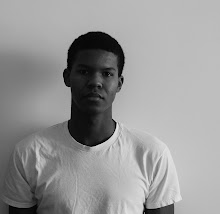“Art, I would like to introduce you to Design.”
“Pleased to meet you,” said Art.
“Likewise,” replied Design.
Should there be a difference between art and design? Should design attempt to be received in a gallery space, or should it have a worn spot from years of use? It is possible that the distinction between the two is not how they are produced, but in how they are perceived. For the purpose of this comparison, I define art as work created to be expressive and design as work created to solve a problem. This division also creates different “user” types; someone using design is a consumer, where as someone using art is an observer.“Pleased to meet you,” said Art.
“Likewise,” replied Design.
I think good design (like good art) should always be admired for its ability to communicate its intentions. I also believe that there is value in an object’s ability to be reproduced, which is often overlooked. When a product gains a similar level of value as a piece of art (such as the Barcelona Chair by Mies van Der Rohe) it is no longer thought of as disposable, replaceable, etc.
A SPECTRUM OF ART & DESIGN:
ART FOR ART SAKE
ART
DESIGN
DESIGN FOR DESIGN SAKE
ART FOR ART SAKE
ART
DESIGN
DESIGN FOR DESIGN SAKE
Where good art and design meet is usually a fascinating juncture. An object that is beautiful in its simplicity makes for a great work. Art & Design is possible when an object can successfully fulfill its intended use as well as respond to its environment. There seems to be an inherent value in one-off fabrication. However, the same value lives within a mass produced object that is effortlessly absorbed by its surroundings. It is apparent that Art & Design have met when an object both responds to society as well as drives it forward.





One design group who embraces this concept is OKAY studio. This team of nine Industrial Designers met at the Royal College of Art and works both collaboratively and independently throughout Europe. By using simple mechanics and materials, these designers allow art and design to cohabit.
making art out of the mundane // making the mundane art

No comments:
Post a Comment